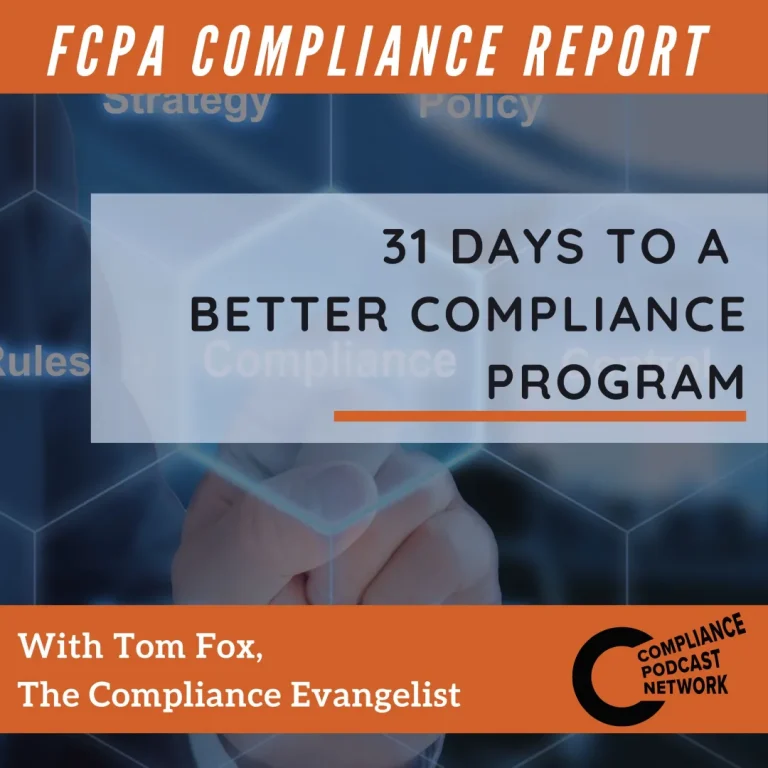The building blocks of any compliance program lay the foundations for a best practices compliance program. For instance, in the life cycle management of third parties, most compliance practitioners understand the need for a business justification, questionnaire, due diligence, evaluation, and compliance terms and conditions in contracts. However, as many companies mature in their compliance programs, the issue of third-party management becomes more important. It is also the one where the rubber meets the road of operationalizing compliance. It is also an area that the DOJ specifically articulated in the 2023 ECCP that companies need to consider.
Managing your third parties is where the rubber meets the road in your overall third-party risk management program. You must execute on this task. Even if you successfully navigate the first four steps in your third-party risk management program, those are the easy steps. Managing the relationship is where the real work begins.
Three key takeaways:
1. Have a strategic approach to third-party risk management.
2. Rank third parties based upon a variety of factors, including compliance and business performance, length of relationship, benchmarking metrics, and KPIs for ongoing monitoring and auditing.
3. Managing the relationship is where the real work begins.
For more information on Ethico and a free White Paper on top compliance issues in 2024, click here.






